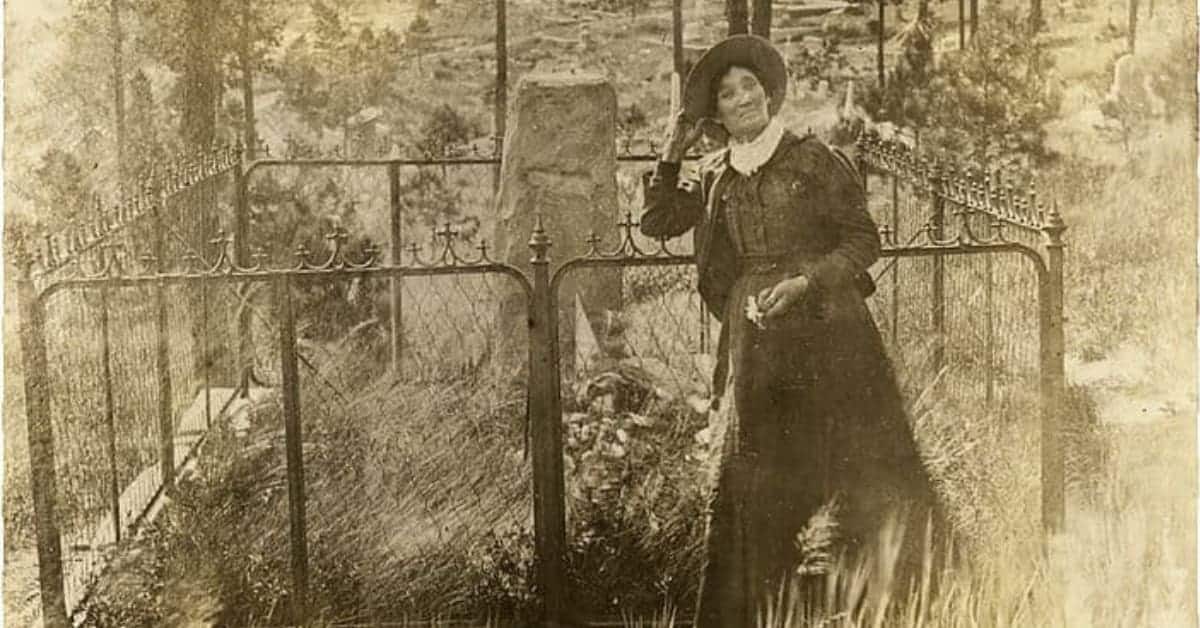It could easily have become another western ghost town, having burned nearly to the ground on three separate occasions. But it rebuilt each time, its citizens restoring their home and businesses. Its history is liberally littered with the famous and the infamous personages who called it their home, though some were there but a short time. Al Swearingen, George Hearst, Seth Bullock, James Butler Hickok – better known as Wild Bill – Bill Cody and many more legends walked its muddy streets. So did Martha Jane Cannary, about whom even the spelling of her name is disputed, who became famous as Calamity Jane, creating a personal history of which there is little proof, and much debate.
Deadwood was named for the dead trees found in the gulch in which the illegal settlement began in the 1870s. The Black Hills had been set aside as the land of the Lakota people, but when gold was discovered during an expedition to the area led by George Armstrong Custer the white settlers and prospectors poured into the region. By the time of Custer’s demise in the Montana territory there were nearly 5,000 settlers and prospectors in Deadwood. Law was a matter of personal opinion, and the town quickly developed a reputation for lawlessness. Gambling, prostitution, liquor, and narcotics were all freely available in the town during its heyday as a mining town, a period which was relatively short.

Here are some true events and persons which made Deadwood, South Dakota, one of the legendary towns of the days of America’s Wild West.

The Black Hills Gold Rush
Rumors of gold in the Black Hills had been bandied about for decades before George Armstrong Custer’s expedition confirmed its existence around French Creek near present day Custer, South Dakota. As miners and prospectors poured into the area placer gold – gold which had eroded from a vein – was discovered near Deadwood and Whitewood Creeks in the fall of 1875. By the following spring the mining camp of Deadwood Gulch was becoming the town of Deadwood, and with nearly all of the land around the creeks where the gold was discovered claimed by miners, other services began to appear in the camp, including saloons, brothels, and gambling halls.
The source of the placer gold which was easily extracted by the prospectors was found in nearby Lead by four men in April, 1876. The party established their claim, which they named Homestake, and began mining the gold the following year. Over the next century and a quarter roughly 10% of the gold supply in the world was extracted from the Homestake mine, which remained in operation until 2002. At the time of its closing it was the largest and deepest gold mine in the United States, producing more than 40 million troy ounces of gold over its lifetime. By contrast, the placer deposits around Deadwood and Whitewood Creeks were quickly exhausted.

